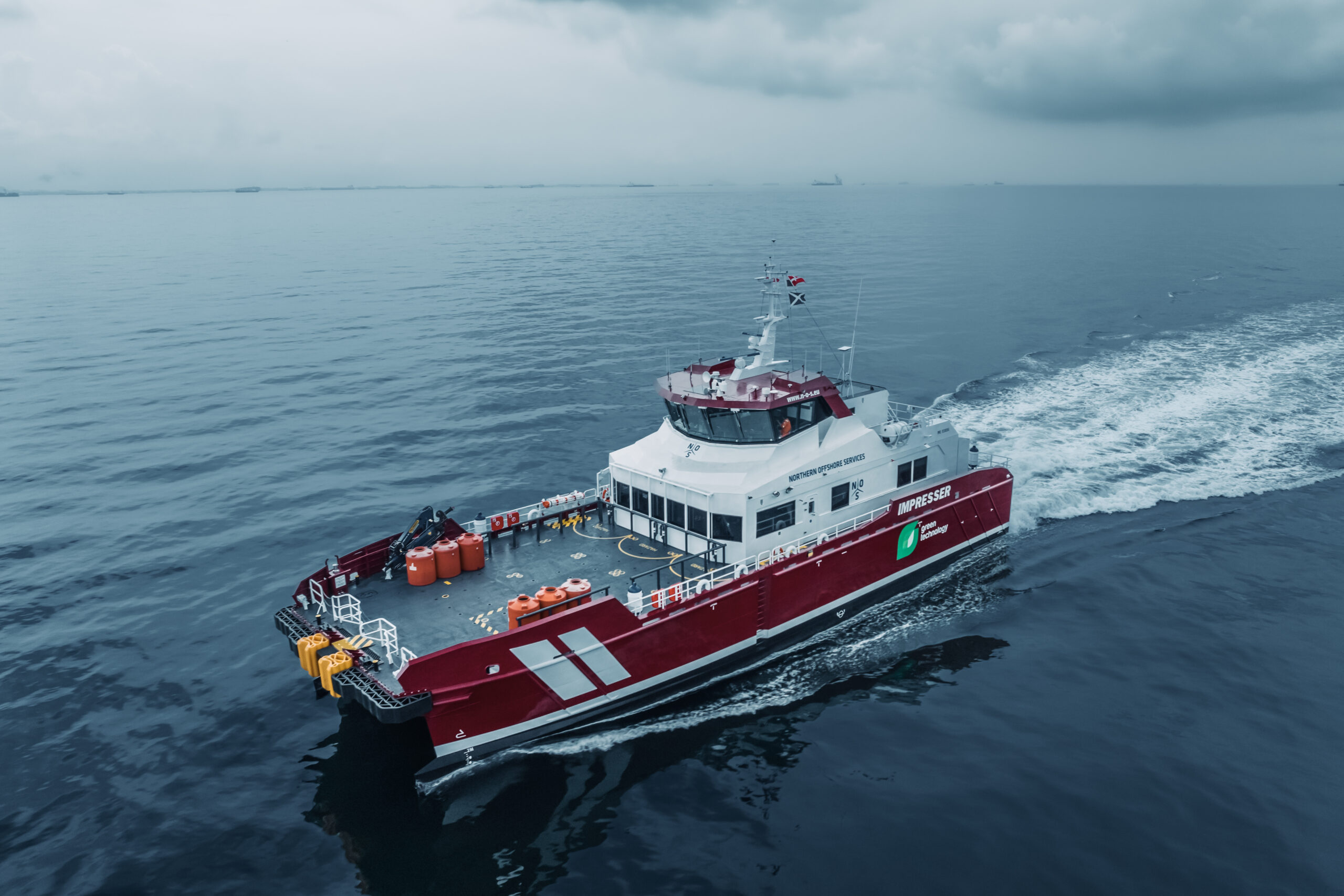Commercial airlines learned how to cope with an unprecedented drop in passenger demand during the COVID-19 pandemic. Now, after three years of steady recovery, they are grappling with the opposite challenge: too few new aircraft to support growing travel demand.
Although aerospace OEMs are attempting to ramp up aircraft production to meet demand, supply chain and quality challenges are interfering with their efforts. The new-aircraft order backlog is now over 16,000 for narrow- and wide-body aircraft, and it will take years to fulfill. Many airlines are therefore delaying aircraft retirements as a stopgap measure, and this action is driving increased demand for maintenance, repair, and overhaul (MRO) services. Simultaneously, the reduction in retirements is limiting feedstock for used serviceable materials (USM), a traditional lever used to mitigate MRO costs with older fleets.
But how long will MROs benefit from the service uptick? And will their prospects change if OEMs can ramp up production of next-generation aircraft, which have fewer maintenance needs? To answer these questions, we analyzed factors that will affect MRO services over the next decade. Our forecast reveals that the need to service aging aircraft will fuel near-term MRO growth. As 2030 approaches, MRO-spending growth will slow with the influx of next-generation aircraft coming into service. Overall, demand for MRO services will have a modest growth rate of 1.2 percent annually through 2034.
The forces shaping commercial aviation
To estimate demand for MRO services, we first examined the macroeconomic forces shaping commercial aviation, as well as developments related to fleet age, production capacity, and maintenance schedules. Here’s what we found.
Larger fleets, more seats, and flying further
After coming to a near standstill during the early days of the COVID-19 pandemic, revenue-passenger-kilometers are back to prepandemic levels. They are forecast to be 4.2 percent above 2019 levels in 2024. Our air-travel forecast indicates that they will continue to rise by 4.3 percent annually through 2034.
Over the same period, the global in-service fleet is expected to expand by 3.2 percent annually to accommodate greater passenger demand (Exhibit 1). Fleet growth is expected to be slightly slower than passenger travel demand because new aircraft have larger average seat capacity. For example, next-generation, narrow-body aircraft have 10 percent more seats than the current fleet does and 20 percent more seats than aircraft that are retiring. Narrow-body aircraft will account for nearly 70 percent of the in-service fleet by the end of the forecast period and will have the highest fleet growth rate: 4.4 percent annually from 2024 to 2034.

The latest aircraft designs not only allow for higher passenger density but also offer extended range capabilities. For instance, next-generation narrow-body aircraft can fly from the southwestern United States to Hawaii. They also enable nonstop flights deeper into Europe from the northeastern United States, such as those from New York to Rome. Similarly, next-generation, wide-body aircraft can operate flights from New York to Singapore. The increase in average stage length will affect maintenance curves, as the timing of cycle-based costs (such as landing gear, or wheels and brakes) are extended, causing operators to reassess maintenance plans and retirement decisions.
More annual deliveries, with advanced technologies
The record-level order backlog results from strong aircraft demand at a time of supply chain challenges. Aerospace OEMs are planning to increase output because some of the most significant supply chain disruptions are expected to ease over the next two or three years. This shift, combined with a large number of open orders from airlines, will increase total deliveries by an average of 4 percent annually from 2024 to 2034 (Exhibit 2). The highest delivery increases will occur in the early years, as OEMs ramp up production to prepandemic levels, followed by more moderate growth. Meanwhile, retirements are expected to remain at historic lows.

Many deliveries will consist of aircraft with composite airframes or wings, as well as next-generation engines. The new GTF and LEAP engines in these aircraft are currently experiencing more frequent maintenance visits than their CFM56 and V2500 predecessors did because of technical and production quality issues that are common with innovation. But once OEMs resolve these issues, the newer engines are expected to be highly reliable and have comparable or even lower maintenance costs than their predecessors. They will also provide airlines with much improved fuel efficiency.
Fewer retirements, leading to more maintenance and less used serviceable material
Even if deliveries exceed expectations in the coming years, airlines likely will not have enough aircraft to sustain their desired growth plans because of fewer deliveries during the pandemic, coupled with “teething” issues associated with next-generation engines. To narrow the supply–demand gap, airlines will keep current aircraft in service longer. Our analysis suggests that aircraft retirement rates will be approximately 24 percent lower from 2024 through 2026 compared with the prepandemic years of 2010 through 2019. These longer aircraft lives will likely require costly maintenance to engines and airframes that may not have been planned for in a more balanced supply–demand environment.
Elevated fleet ages and the commensurate increase in maintenance needs for older aircraft are not expected to persist, however. From 2028 onward, aircraft retirement levels are expected to return to normal—about 2.7 percent of the fleet annually—as supply chain challenges ease and deliveries of next-generation aircraft ramp up. These trends will bring the average fleet age from today’s historic high of 13.3 years down to 12.3 years by 2034. Although the average age of both narrow- and wide-body aircraft will decline over time, the opposite holds true for regional jets and turboprops. Their average age will increase because of a shortage of replacement aircraft and low production volumes.
Today’s low retirement rates are having a ripple effect through the value chain. The supply of USM has dropped, increasing both the cost for airlines and the prices for brokers and sellers of these parts. Meanwhile, aircraft lessors are benefiting from longer use of their assets in the form of lease extensions that command higher lease rates. Lessors are also benefiting from reduced downtime and a lower need for costly retrofits or refreshes when an asset is remarketed.
Fewer passenger-to-freighter conversions
Airlines regularly transport cargo in the belly of passenger aircraft. Thus, when passenger traffic came to a near halt during the pandemic, cargo capacity also decreased precipitously. To keep trade flowing, cargo airlines quickly acquired and converted passenger aircraft to freighters, which helped increase MRO revenues for passenger-to-freighter (P2F) specialists. As international belly cargo capacity returns to prepandemic levels, however, P2F conversions are expected to decrease significantly over the next few years before returning to historical prepandemic growth rates.
The implications for MRO providers
Current market conditions in commercial aviation will promote continued MRO growth from 2024 through 2034, when it will reach a value of about $135 billion in constant 2024 dollars (Exhibit 3). During the first few years, MRO revenues will rise primarily because of the high demand for maintenance on older fleets. Over the longer term, however, most of the MRO growth will come from underlying airline growth that will outpace the impact of the shift to next-generation aircraft that have lower airframe maintenance requirements or may not hit major costly maintenance milestones during our forecast’s time frame.

While MRO spending will trend upward for most of the next ten years, a slight dip is expected in 2031 and 2032. This is a downstream impact from both the halt of 737 MAX production, which began in 2019, and the lower deliveries during the years of the COVID-19 pandemic.
The introduction of next-generation aircraft is also expected to influence spending across MRO categories. For instance, demand for airframe services will remain flat, even though fleet size is growing, because of the composite structures of next-generation aircraft that require less maintenance than their mostly metallic predecessors did. Engine MRO will continue to account for the largest share of MRO spending, with demand expected to be particularly strong over the next several years as the technological issues are being resolved and previous-generation engines reach their peak maintenance demand.
Unsurprisingly, the Asia–Pacific region is expected to remain the largest MRO market. It is expected to increase 0.8 percent annually from 2024 to 2034, when it will account for 32 percent of the global market (Exhibit 4). Europe and North America are both expected to maintain a share of about 25 percent each, with annual growth rates of 1.5 percent and 1.4 percent, respectively.

MRO providers today are heavily focused on servicing aging fleets, which account for the majority of demand for their services. But they must balance their obligation to meet customer needs with the imperative to build capabilities for the future: next-generation aircraft with new engines and composite materials. Soon, however, they will have to shift to servicing a younger, larger fleet that will continue to expand. As the fleet mix changes, MROs will need to revise their strategies to align with the changing market. Those that prepare now may be best positioned for long-term success.




